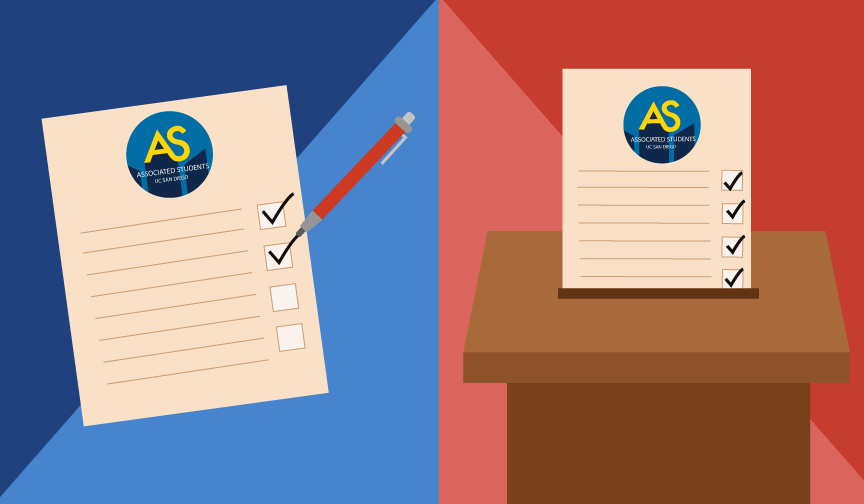With new changes signed into law on March 4, all Cal Grant recipients will have their eligibility and award reevaluated every year, not just at the beginning of the college application process. If a family situation arises that could potentially lift or lower the student’s family into another income bracket, the grant will be adjusted accordingly — a move which, according to the San Francisco Chronicle, could save the state over $100 million per year.
For most Cal Grant recipients, award amounts — based on both individual need and total tuition costs — are insufficient to cover all expenses. The current requirements for a Cal Grant include having demonstrated financial need, being registered at a two- or four-year college and maintaining at least a 2.0 GPA at the time of high school graduation.
Another change is that Cal Grants will also no longer be available for students at schools with high loan default rates — namely, for-profit schools like the Culinary Institute of America and San Diego’s Golf Academy of America. Students’ eligibility for grants under the new proposal will be reviewed on the basis of their student default loan rate combined with the percentage of students who take out loans — in other words, how many students can’t pay off their student loans.
Cal Grant graduation and job placement rates factor in the new review process as well, in which schools with lower rates will have state funds withheld. The grants their students lose out on (up to $9,703 a year) will be redistributed to students at other California colleges.
The across-the-board cuts to for-profit schools will no doubt discourage enrollment at those institutions. Vocational training is preferable to no education at all, as many have neither the time nor the means for a four-year college education. Without grants from the state, students will be dissuaded from pursuing technical skills that could potentially benefit both themselves and the economy.
But those for-profit schools under investigation may well prove to be scam operations that waste the money of both students and taxpayers. In 2010, a government inquiry on 15 for-profit colleges uncovered deceptive practices, including inflating graduation rates and falsely guaranteeing students a job after graduation.
A new Cal Grant qualification process shouldn’t eliminate grants for all for-profits, but should instead evaluate them based on their graduation rates, their job placement rates, and their year-by-year retention. This practice would weed out the bad apples among for-profit schools, and channel state funds to colleges and students that have greater demonstrated need for financial aid.
These changes, passed by Governor Jerry Brown and the California Legislature, are predicted to save the state a total of $124 million per year, including the $100 million saved with re-adjustment. And while no one wants to see cuts to educational funding, in trimming the state’s $23 billion deficit, cuts do have to be made somewhere; this one just happens to represent the least of all prospective evils.







